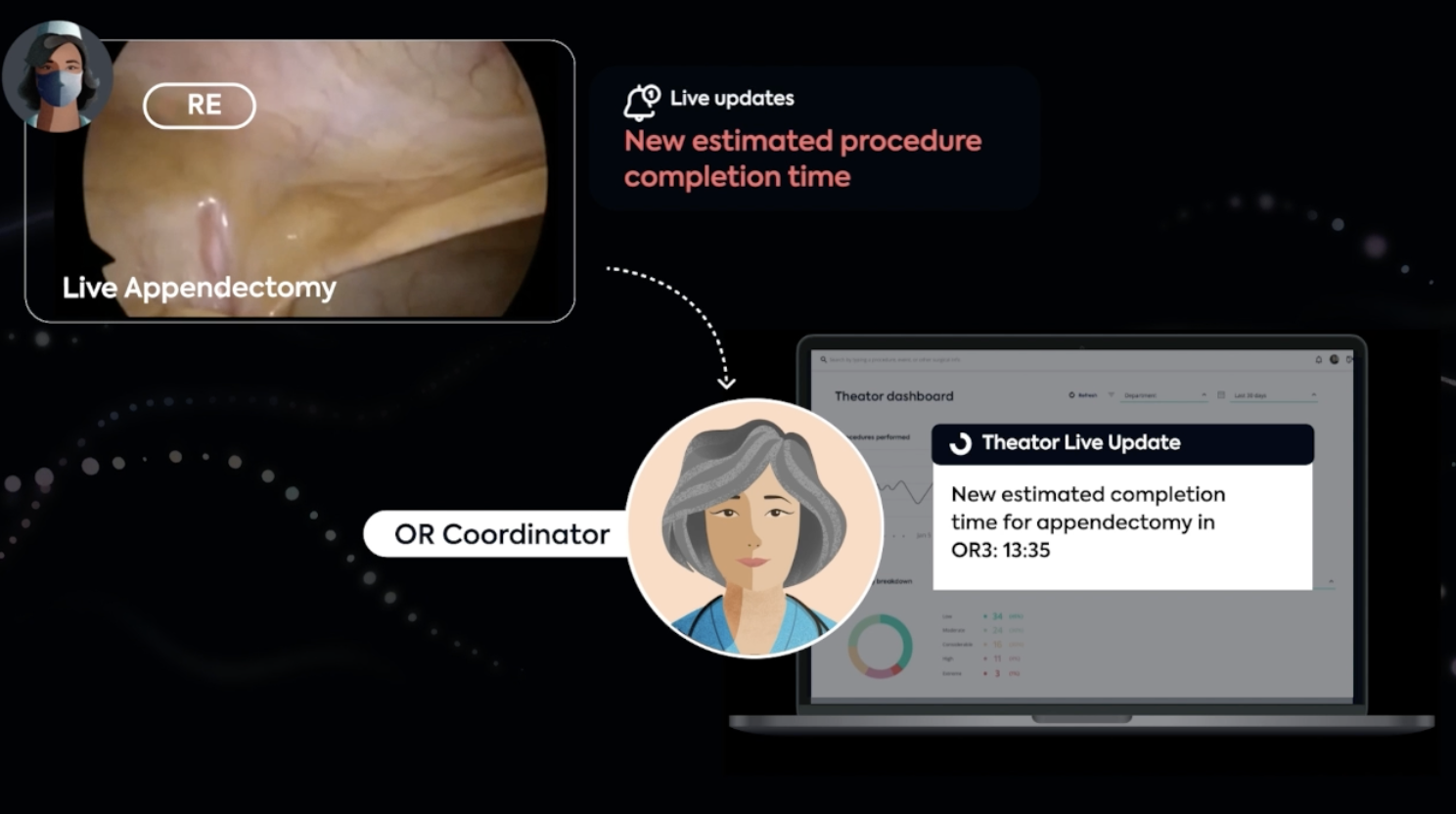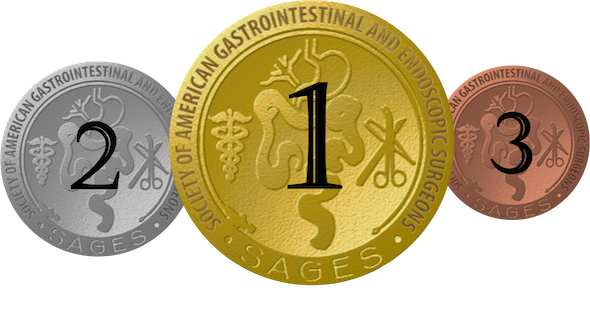Measuring high-quality surgery, while it is occurring
What makes a specific surgery “good” or “not-so-good”? This can usually be measured after the surgery itself, as understood by how the patient recovers. Intraoperatively, more subjective observations determine “good” versus “not-so-good” such as the smoothness of the procedure from step-to-step, if the surgeon encounters intraoperative bleeding, or if the patient has unusual anatomy making the surgery overall more difficult. All in all, intraoperative surgical performance can be a bit more challenging to define.
Surgery, just like other highly-skilled professions, can be codified to provide data-driven insights into optimized performance. This, however, is near-impossible to accomplish without the availability of structured surgical video. And, structured beyond the procedure steps itself to also include surgical practices.
What are surgical practices and why are they important?
Countless studies have been conducted aiming to identify what specific components of a procedure enhance the quality of a procedure. Perhaps the most widely-accepted of these is the Critical View of Safety (CVS), which is a specific anatomical view that reduces the risk of a bile duct injury during a Cholecystectomy procedure (spoiler alert: it is performed far less often than you’d expect). But, this is just one example of one practice in one procedure. And not all surgical practices are as well-researched and well-defined as CVS. That is why we have split up all surgical practices into two categories, based on the level of validation available in peer-reviewed literature: Surgical Practice to Enhance Quality (SPEQ) and Surgical Best Practice.
| Surgical Practice to Enhance Quality (SPEQ) | A SPEQ is a practice that is believed to enhance the quality of the procedure, but is not validated through extensive peer-reviewed literature or widely accepted by the surgical community. SPEQs are created by clinicians and surgeons and require studies and data to validate their efficacy. |
| Surgical Best Practices | Surgical Best Practices are defined as the gold standard of methods and protocols crafted through empirical evidence, and expert consensus through peer-reviewed literature. |
85 Surgical Practices and Counting
Want a compiled list of all SPEQs and Surgical Best Practices across seven surgical specialties? Months of clinical research and discussion, all in one nicely packaged pdf. Each of the 85 surgical practices explained, along with the level of validation, and sources for the literature from which they were found.
Bonus: each one of these is automatically identified and analyzed through our advanced computer vision technology. We’ve done that research. Check out the TL;DR from Theator Spotlight to understand how often many of these practices are adopted across dozens of health systems and hundreds of surgeons.













